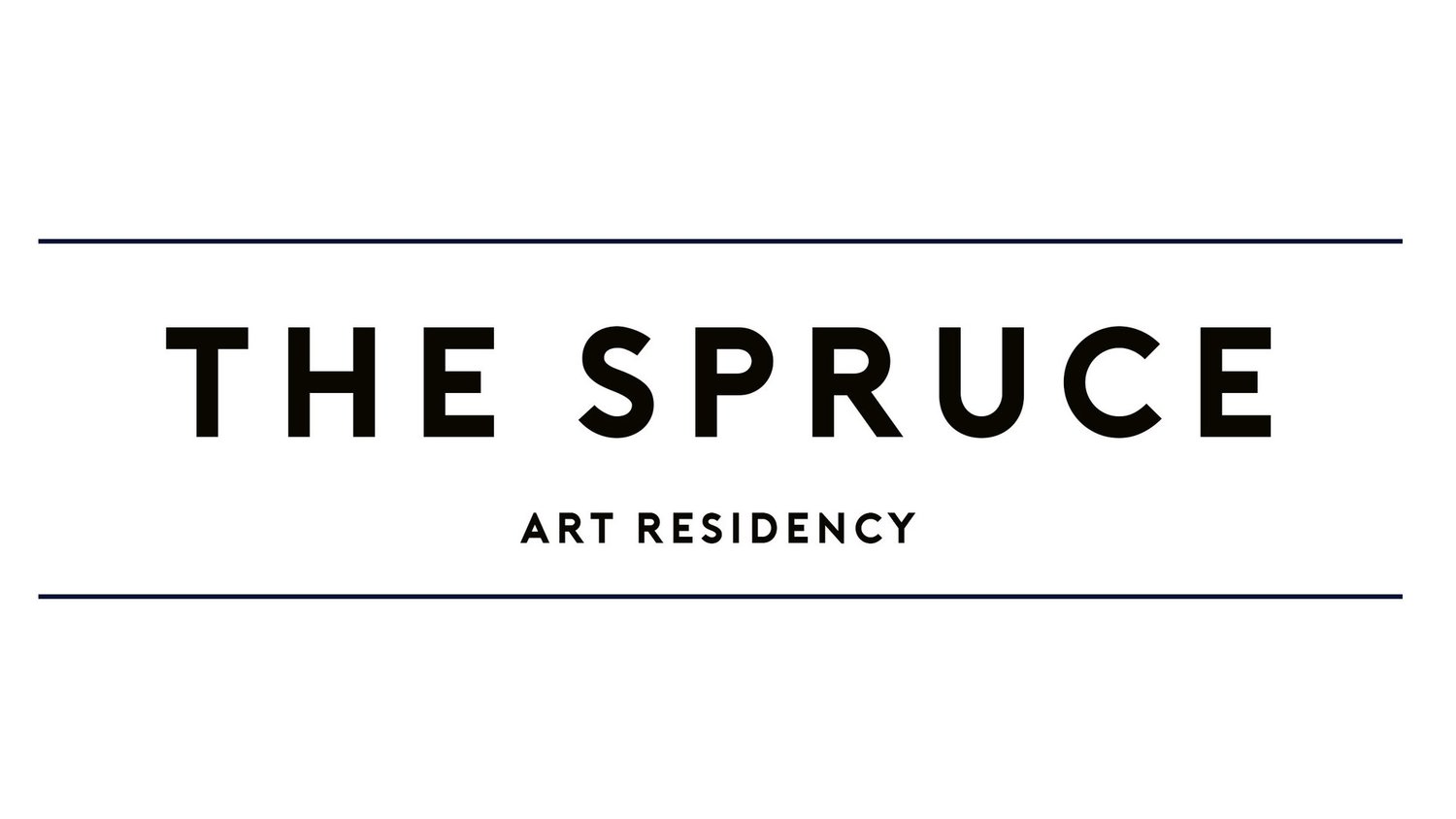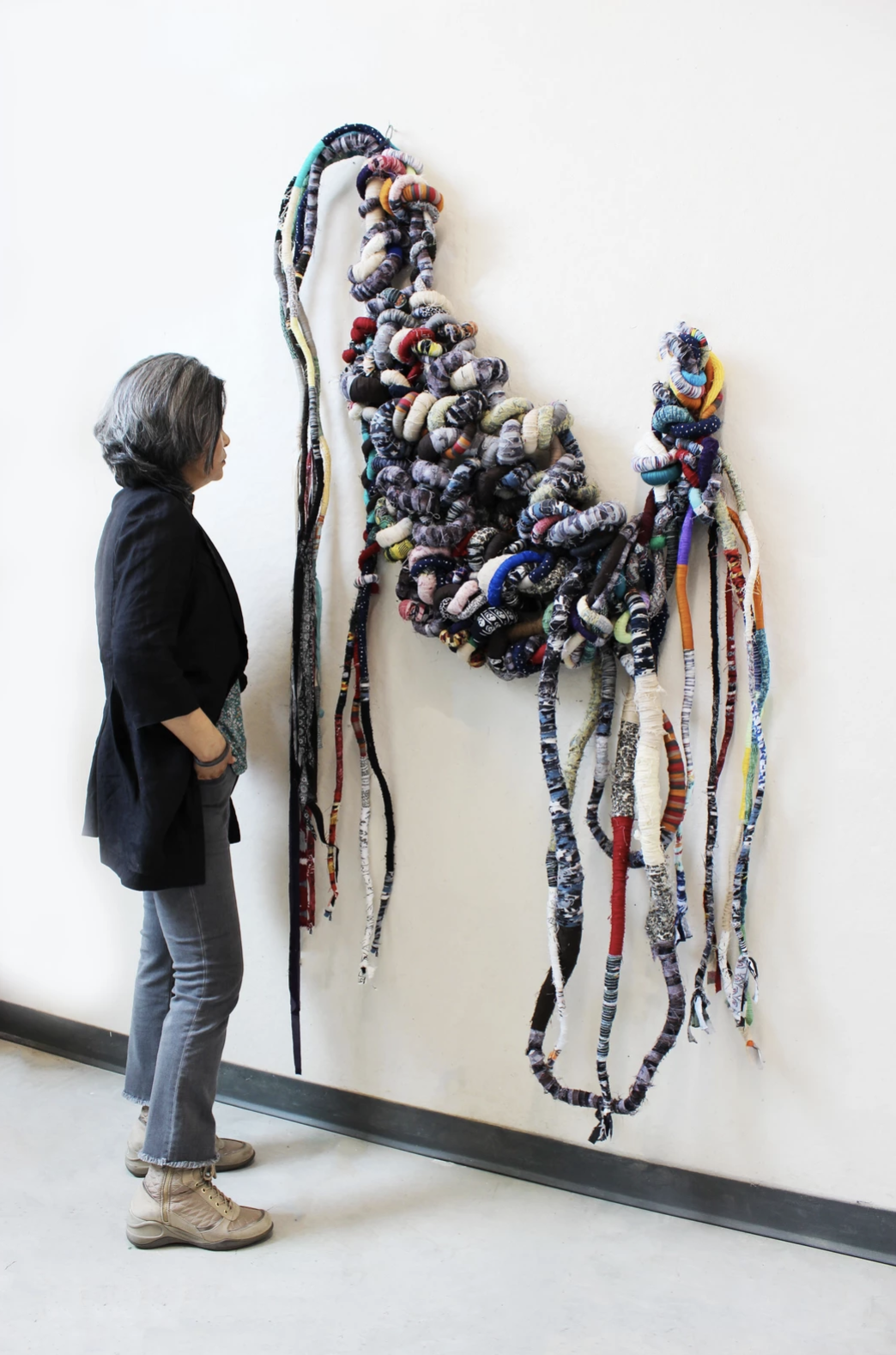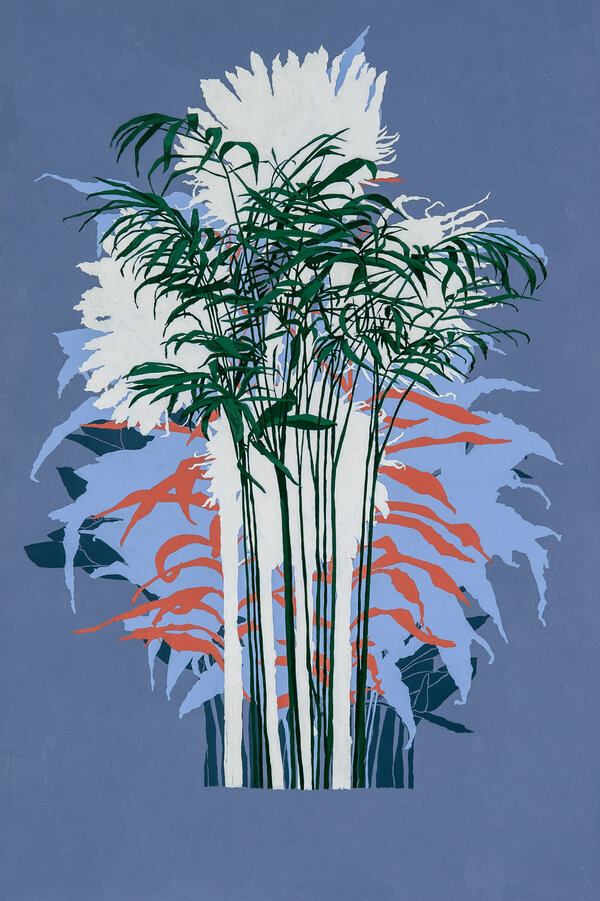Painting and Mythology with Scott Isenbarger
/Scott Isenbarger explores allegory in painting, and walks us through his dry brush technique in oil painting!
MEET YOUR INSTRUCTOR
Scotter Isenbarger attended Indiana University in Bloomington where he earned a BA in English and a BFA in Painting and was awarded the Harry Engels Scholarship for painting. He later earned his MFA from the San Francisco Art Institute where he was awarded a Presidential Fellow Scholarship. He has exhibited in galleries nationally.
Isenbarger writes, “I was born (1981) and raised in rural Indiana. I recently moved to New York from San Francisco with my wife Lauren Carly Shaw, who is an artist as well. We live in Bushwick with our dog George. I am a painter and emerging artist that also works out of Brooklyn. I make large colorful paintings that draw heavily from post modern and surrealist histories.
I am fascinated by the never ending amount of information present in the world and intrigued by the rate that we consume it. As an artist and image collector, the digital age has supplied me with an inexhaustible amount of fodder. To build my image, I first make a collage using the overflow of data I have gathered from film, pop culture, advertising, literature, music, the Internet, my personal life, and Facebook and Instagram. Through painting I translate the collage and explore how this inundation of information distorts classic narratives within the unconscious. Throughout this process I challenge myself to identify and subvert clichés in contemporary and historical art.
My paintings can be characterized by their fusion of classical figuration and surrealist abstraction. Enigmatic compositions utilize archetypal humans, animals, and hybrids within familiar yet otherworldly settings. I employ strong sugary colors and recurrent themes such as masculinity, the creative process, and ritual. I often implicate myself in the scenario to both question my place in art history and to identify as an active participant in the narrative. I am interested in spaces of the unconscious, dream spaces, liminal spaces and the characters that reside therein. Furthermore I am interested in how these personal mythologies inform and affect identity.”
Scott describes allegory as “hidden meaning or narrative that you come to through examining the signifiers and the signified” in a work. It is the use of symbols to express a hidden meaning. He personally uses allegory to parody classical paintings and create different intentions than the original paintings. Scott turns art historical tropes on their heads to give them new meaning, often using humor to filter historical meaning in artworks.
Scott also uses mythology as a source of inspiration: the stories as well as the technical paintings, themselves. Mythology was often used allegorically, meant to teach lessons or explain phenomena within nature and humanity, itself. Mythology is a vehicle for allegory, and a big part of what Scott employs in his own work.
Here, Scott introduces us to a simple dry brush technique, which helps blend and create textures and lines in oil paint!
Materials
A painting! Scott works on a painting that is already quite developed, so feel free try this technique with a work-in-progress
A palette - Scott puts dabs of all his paint colors on the edge of his palette, and leaves plenty of space for mixing colors
Oil paints
Solvents - solvents are used to get paint to a particular consistency and thickness. Solvents will evaporate when applied to a surface, producing a film and leaving the paint to dry quickly. Solvents are good for “alla prima”, or “wet-on-wet” painting (simply not waiting for paint to dry before applying more paint)!
A soft, almost blunt paint brush. A tapered edge helps get into tight spaces in the painting without changing brushes, and is also good for blending.
Steps
Dry brush technique in “alla prima” painting is a blending technique.It is used on a surface where painting has already been administered.
You take your dry brush and (without dipping it in water or paint) use it to blend and push the paint into the areas you need it to be, in order to soften paint edges, refine shapes. Oil painting is a “push and pull process”, which refers to working the darks and lights of the paint until they form the textures and lines you want. You are bound to get a bit lost in a cycle of pushing and pulling the paint with the dry brush technique but eventually it will feel complete!
























